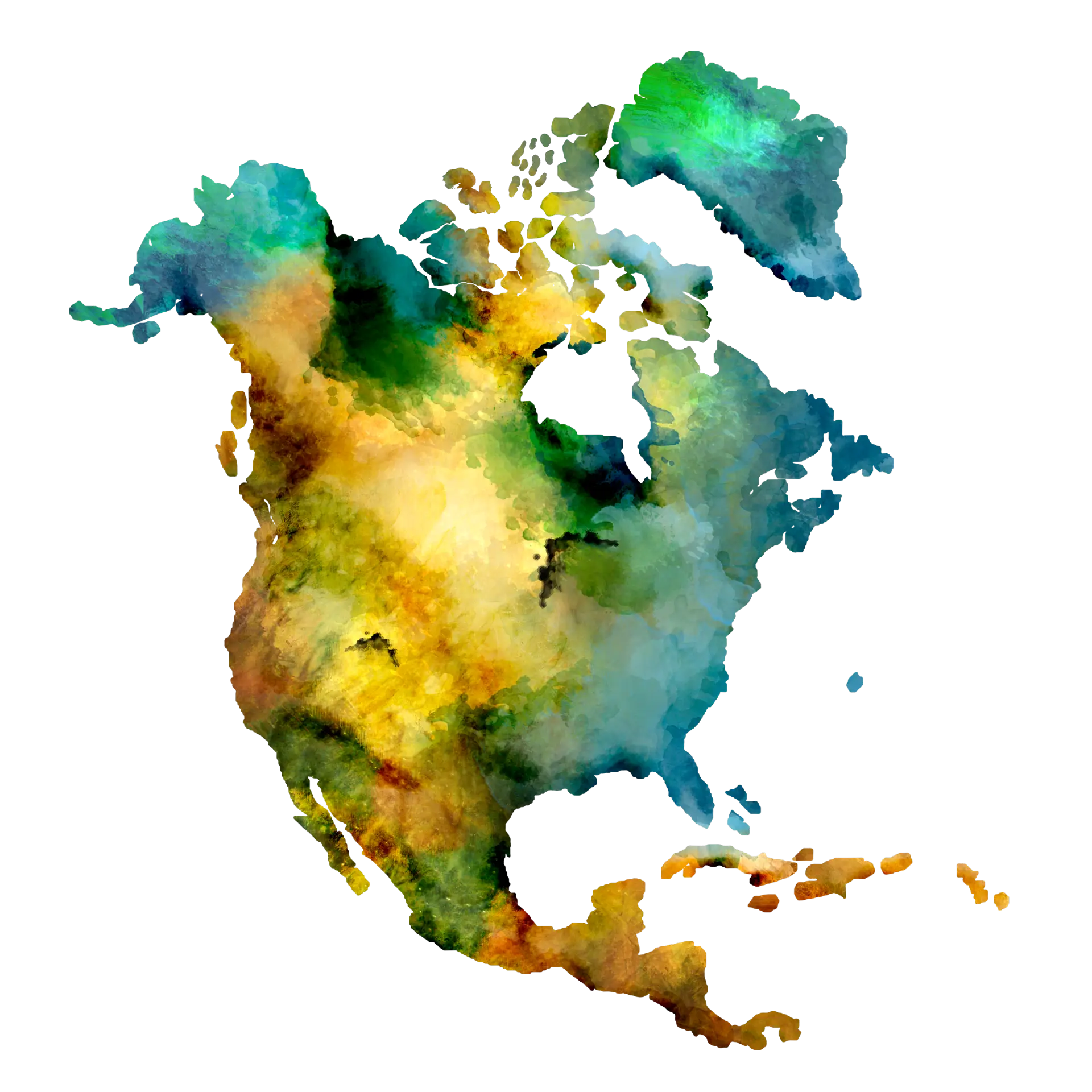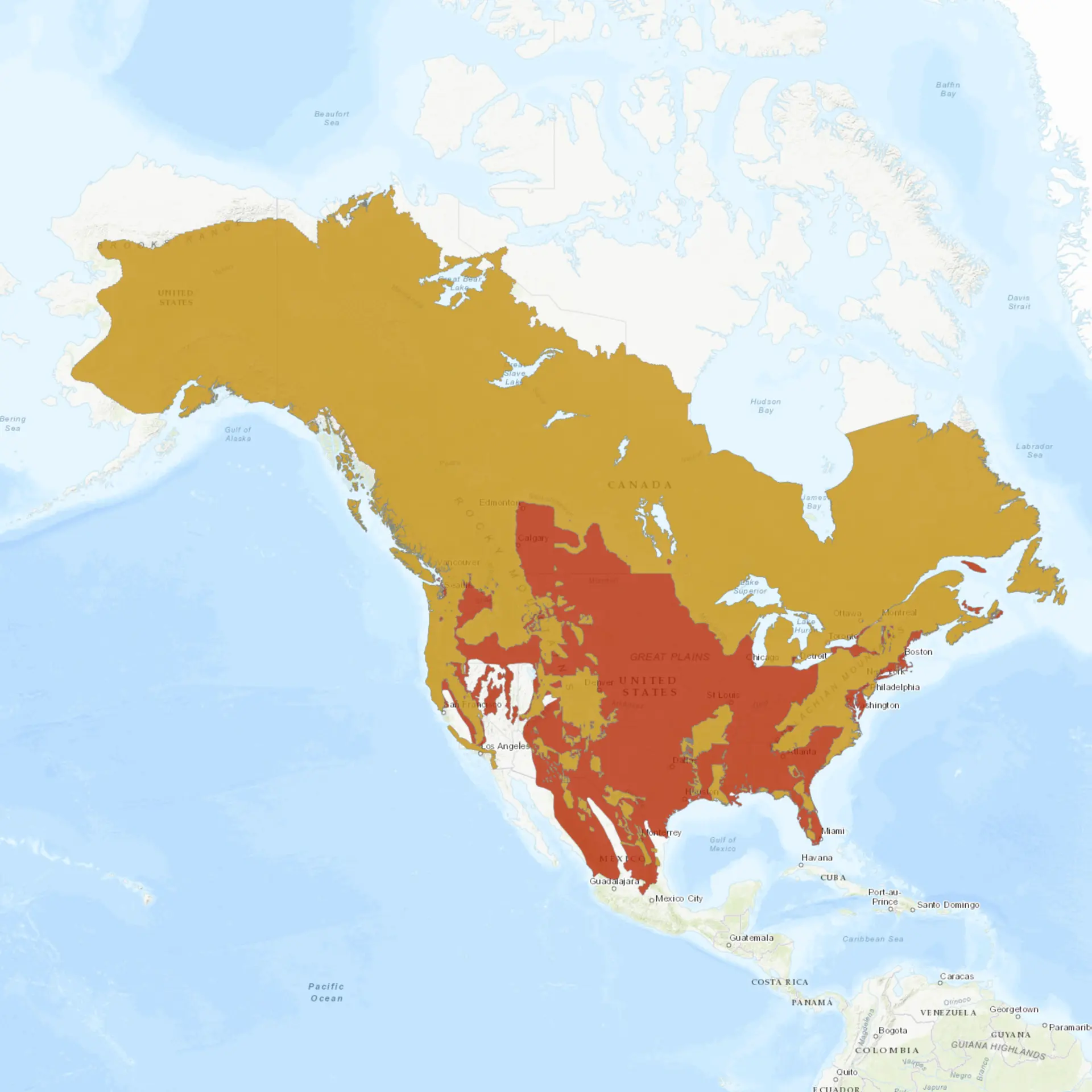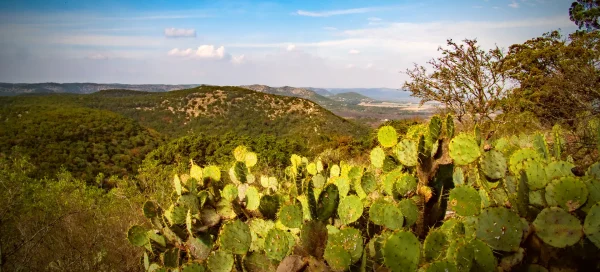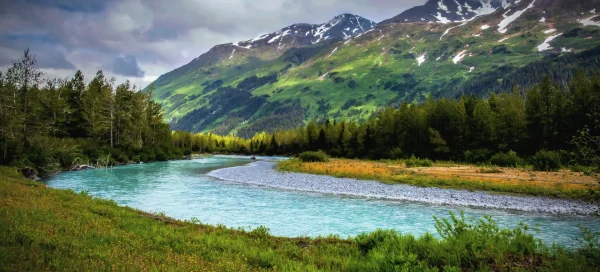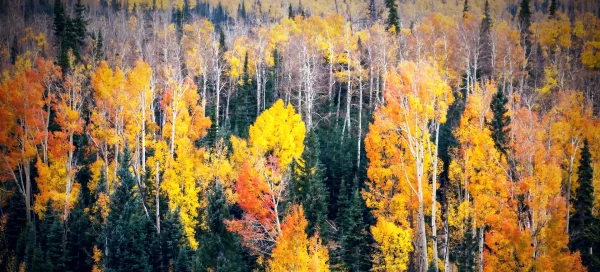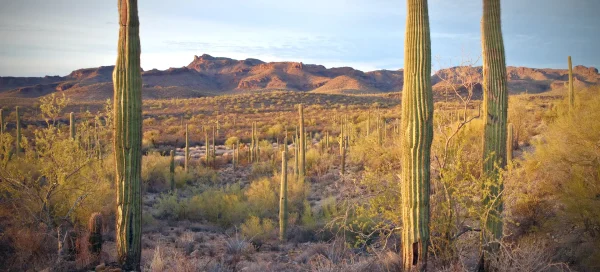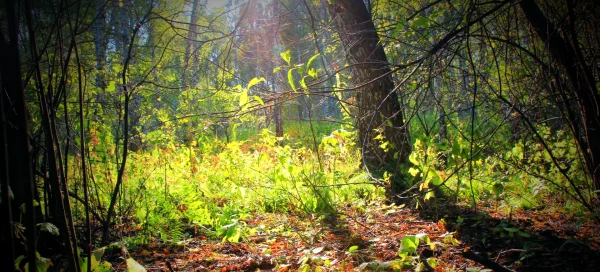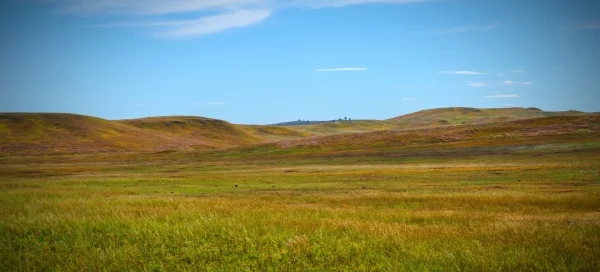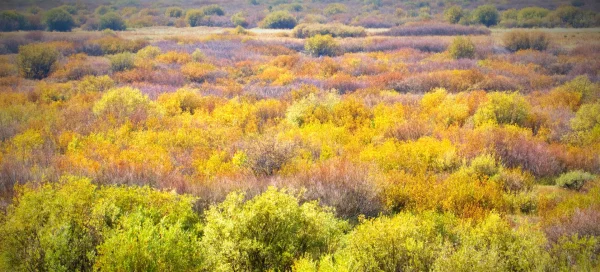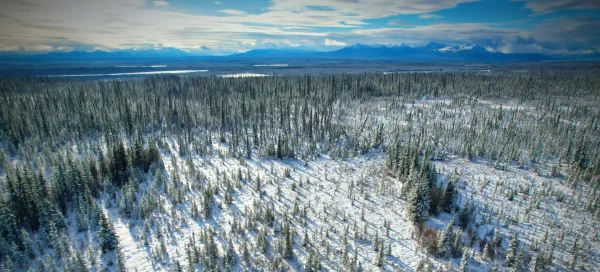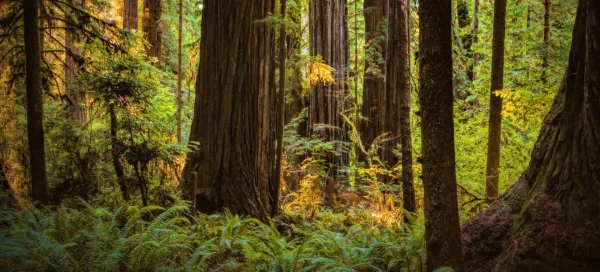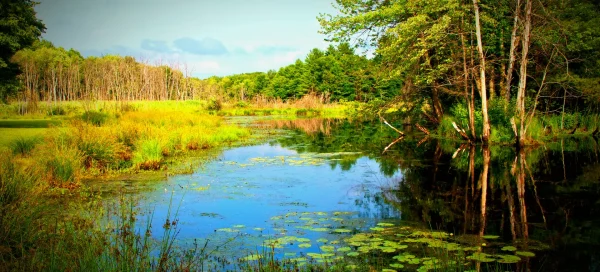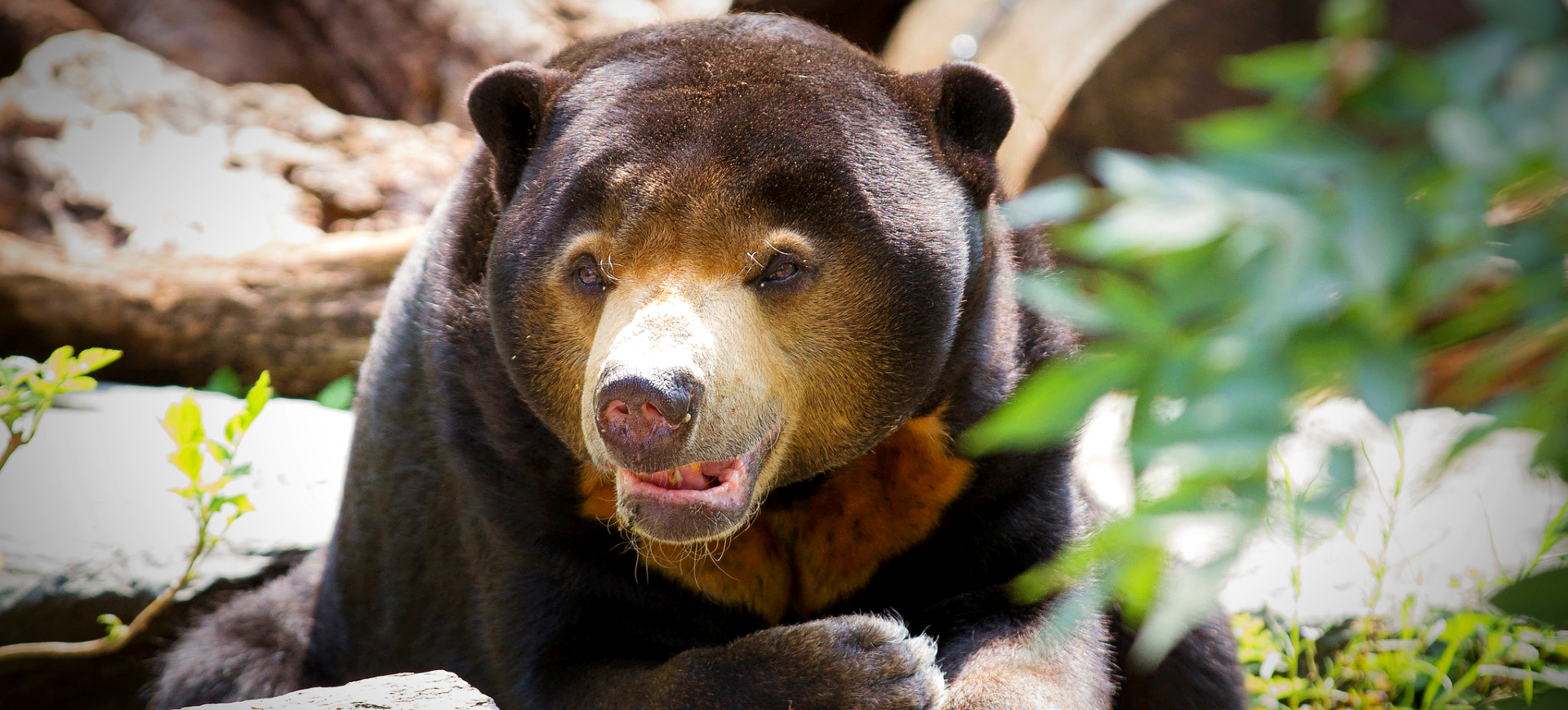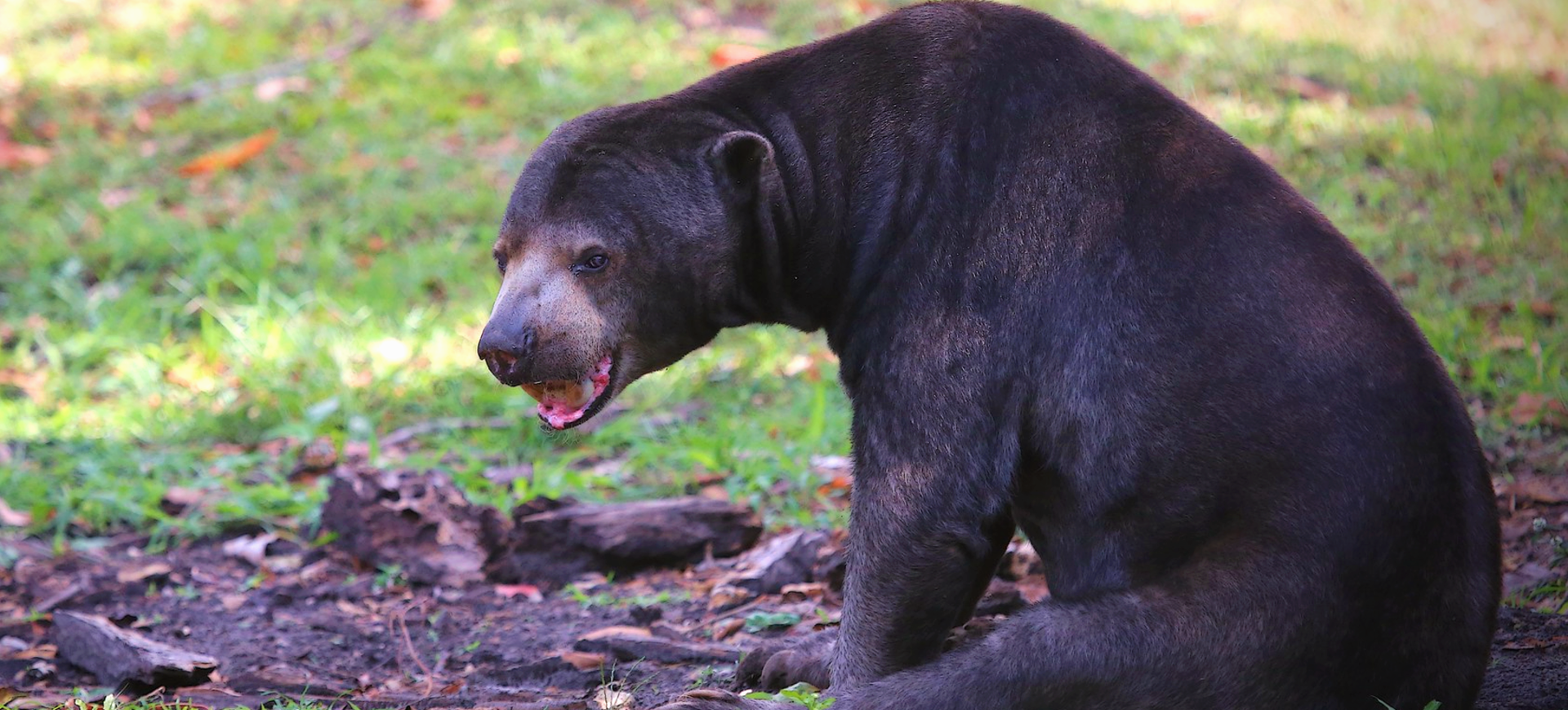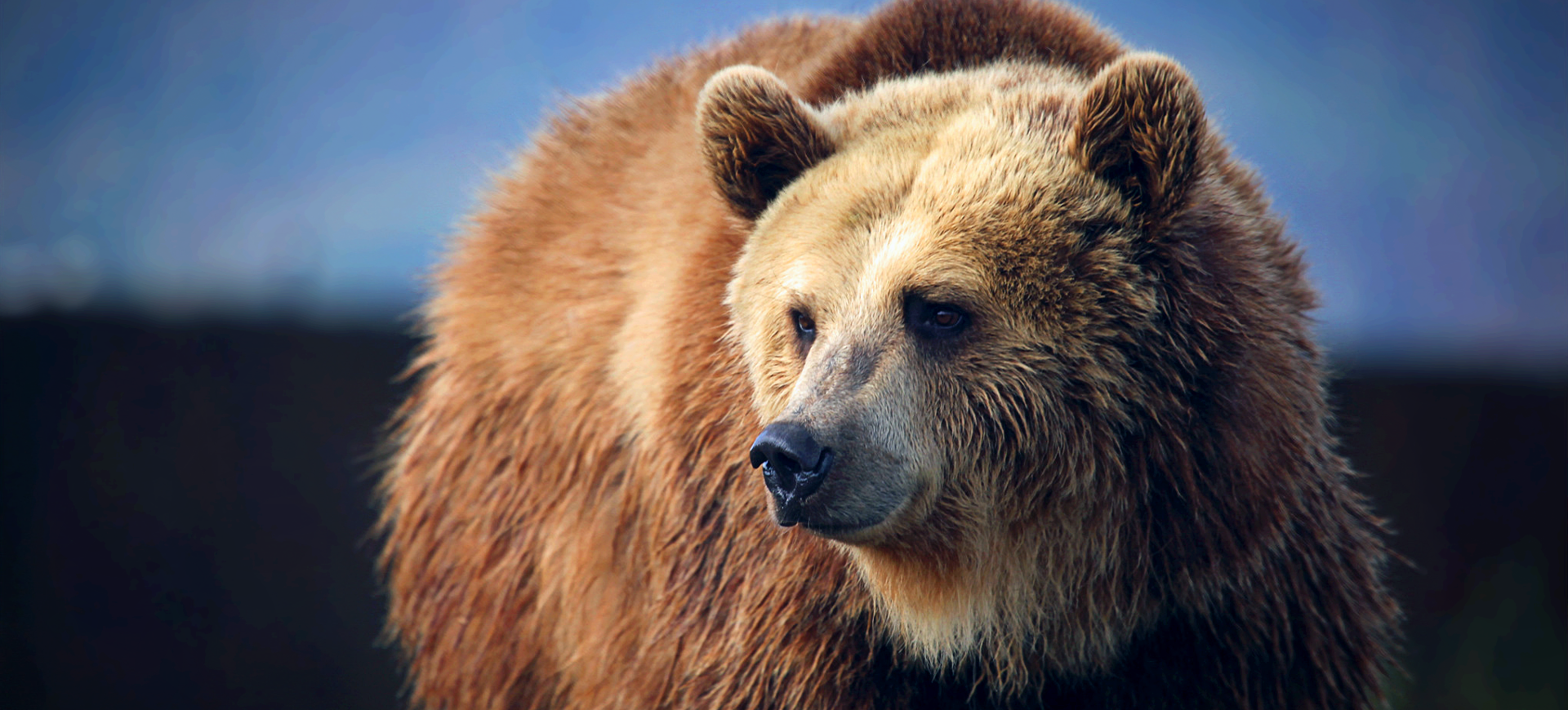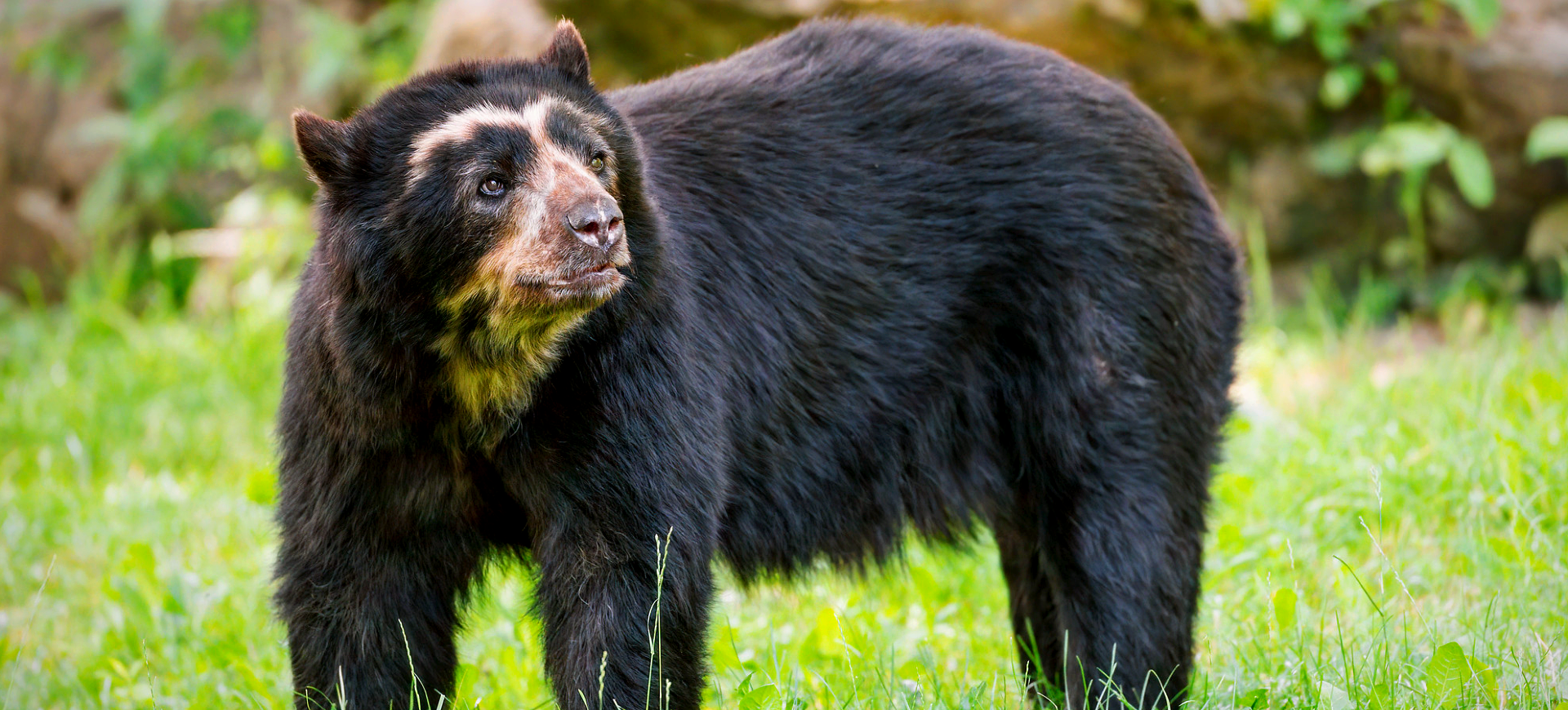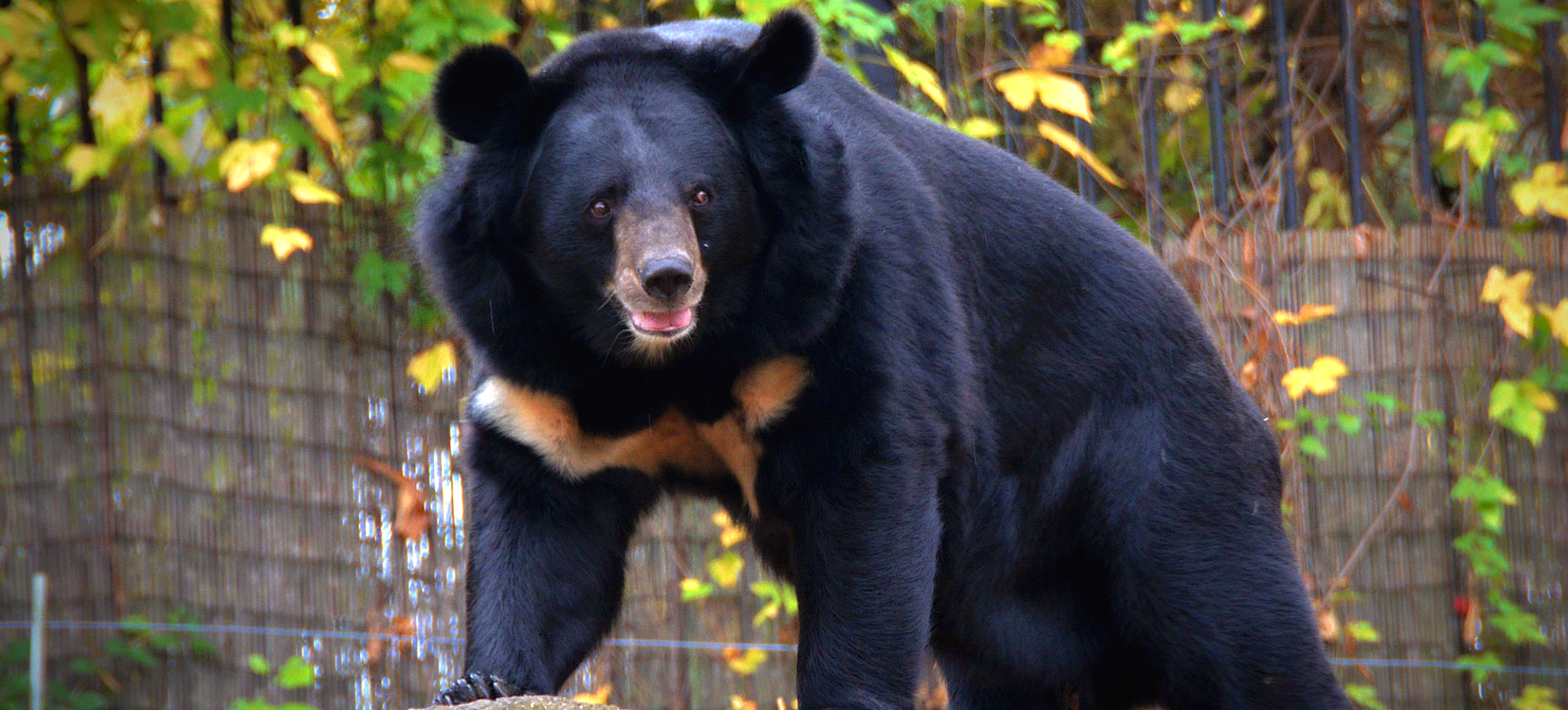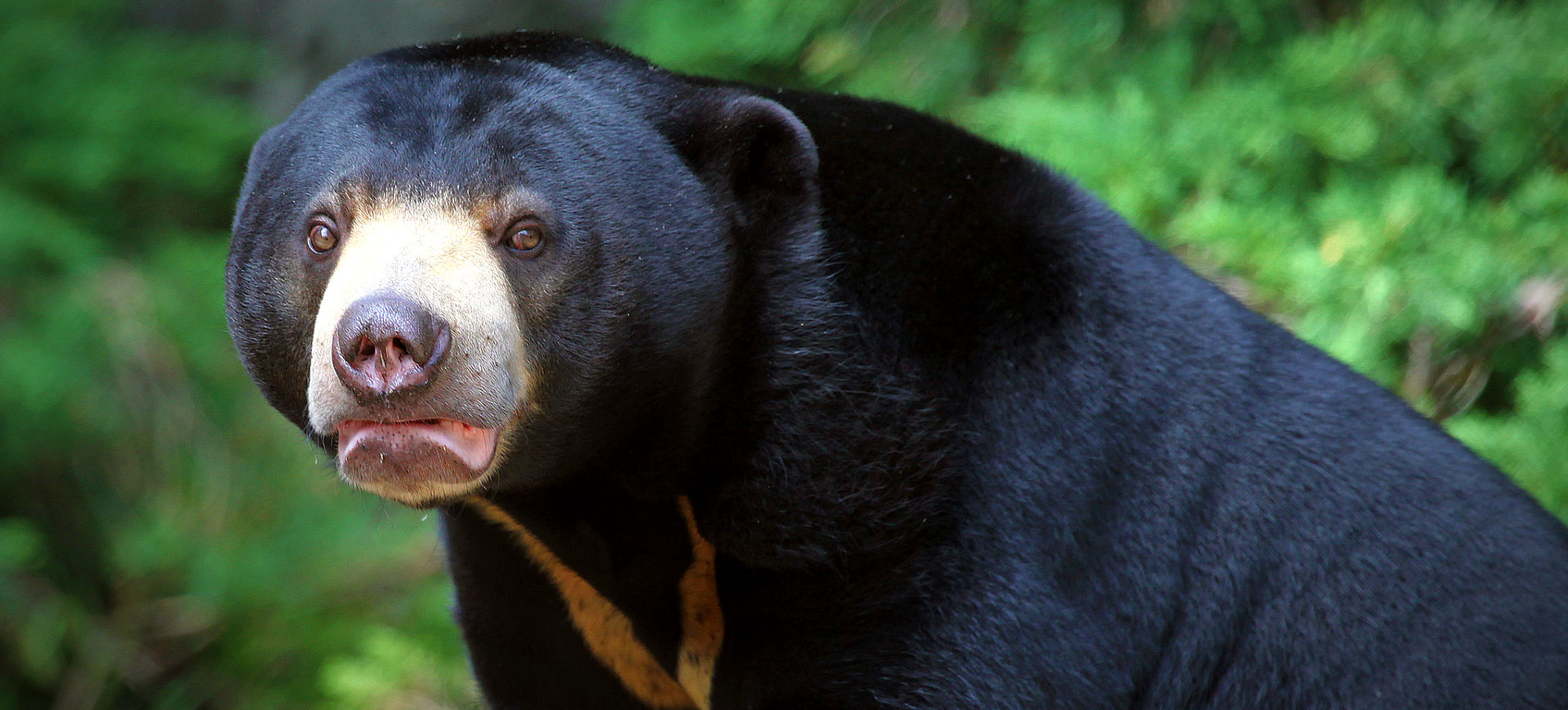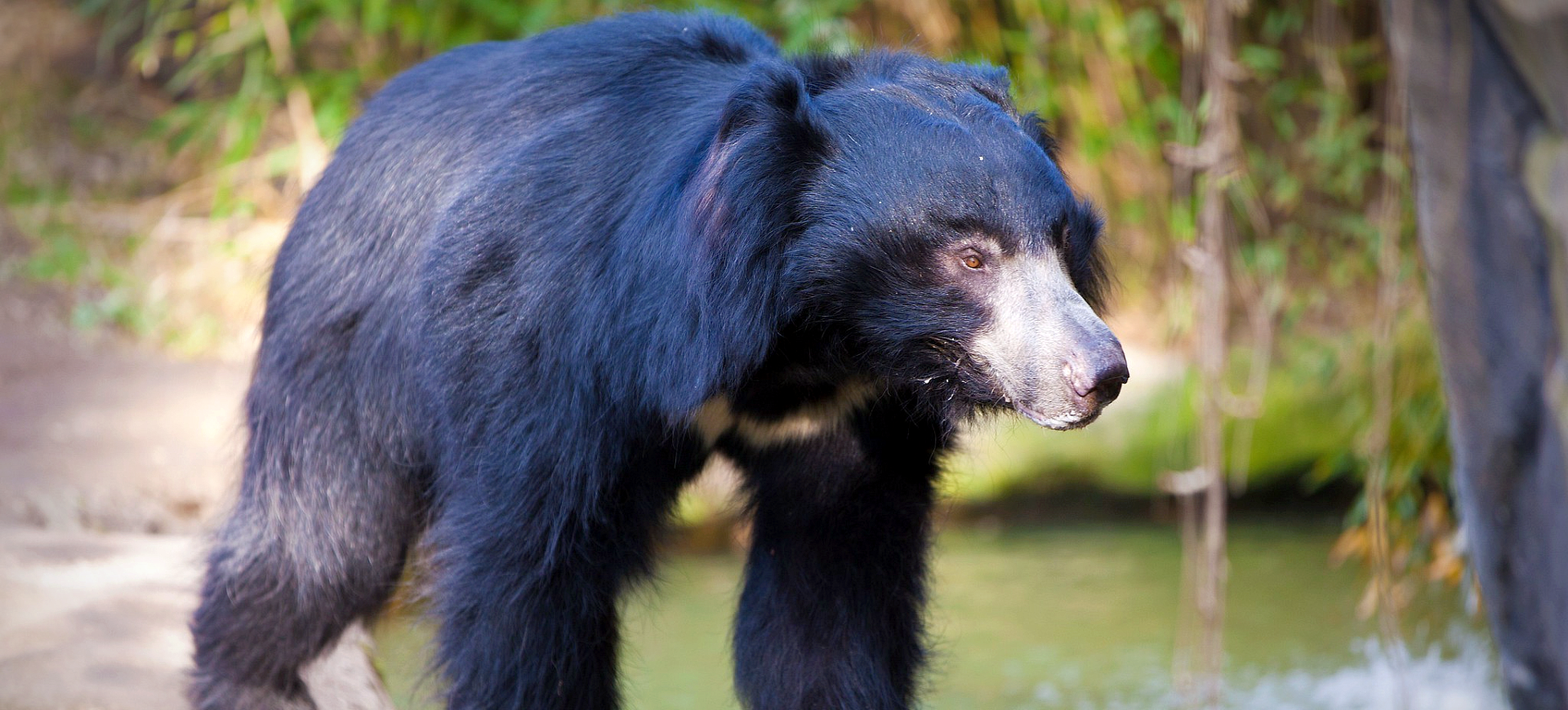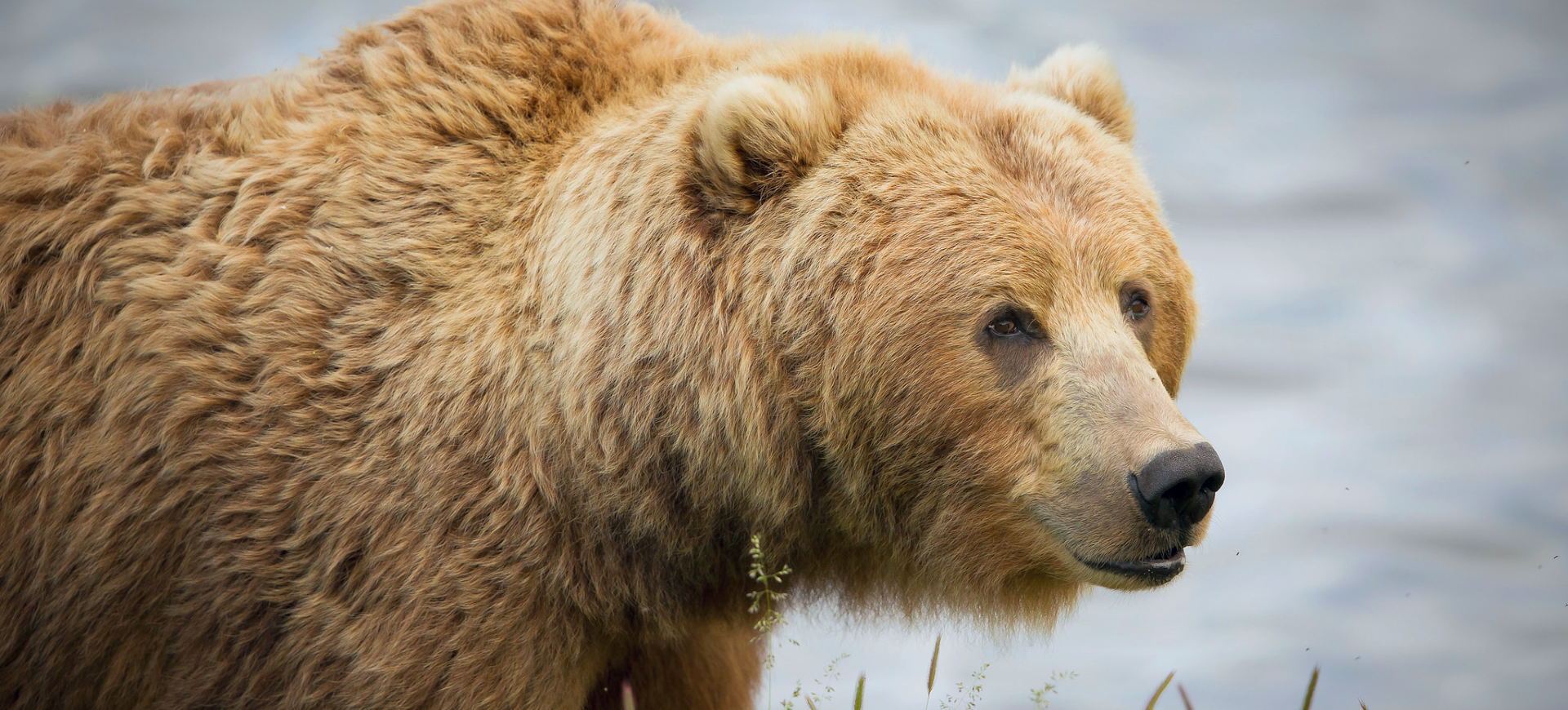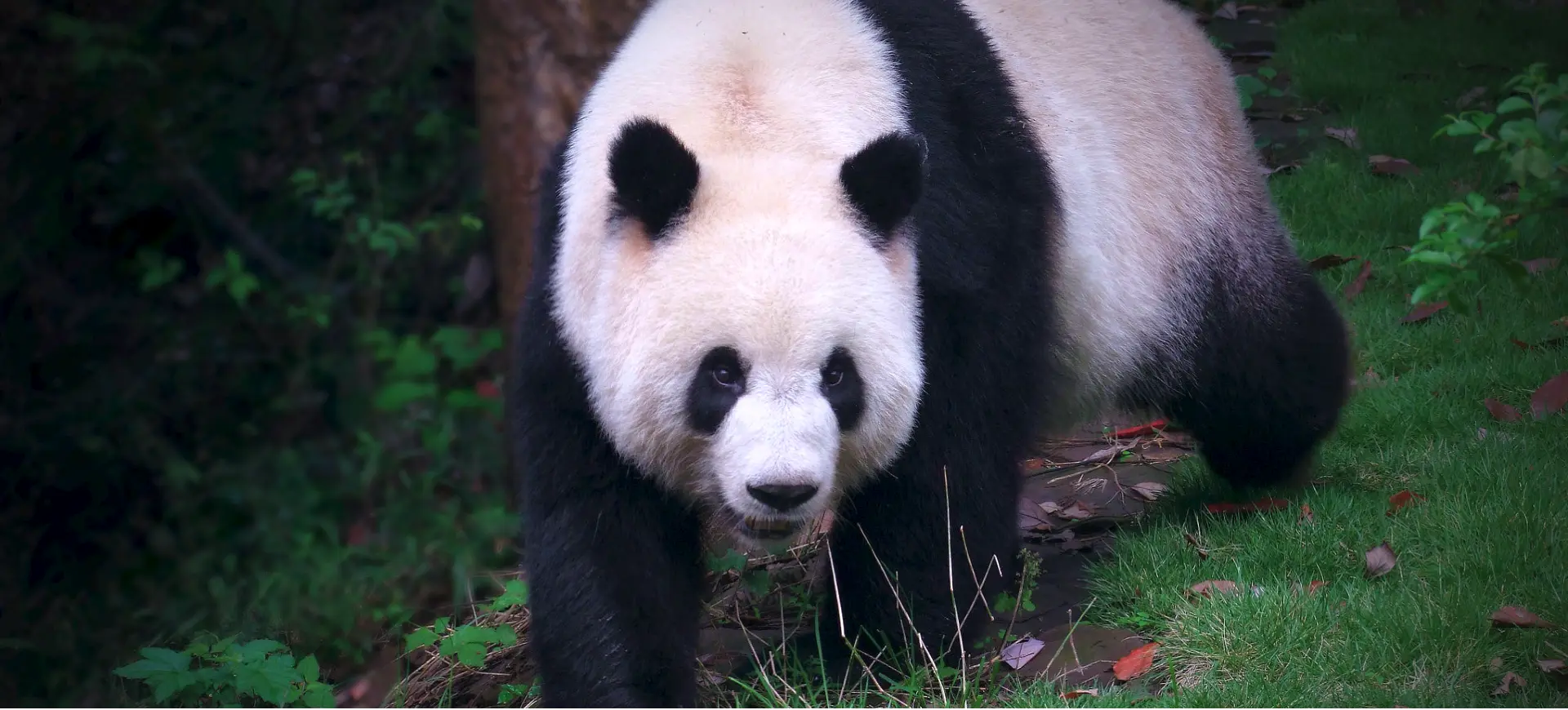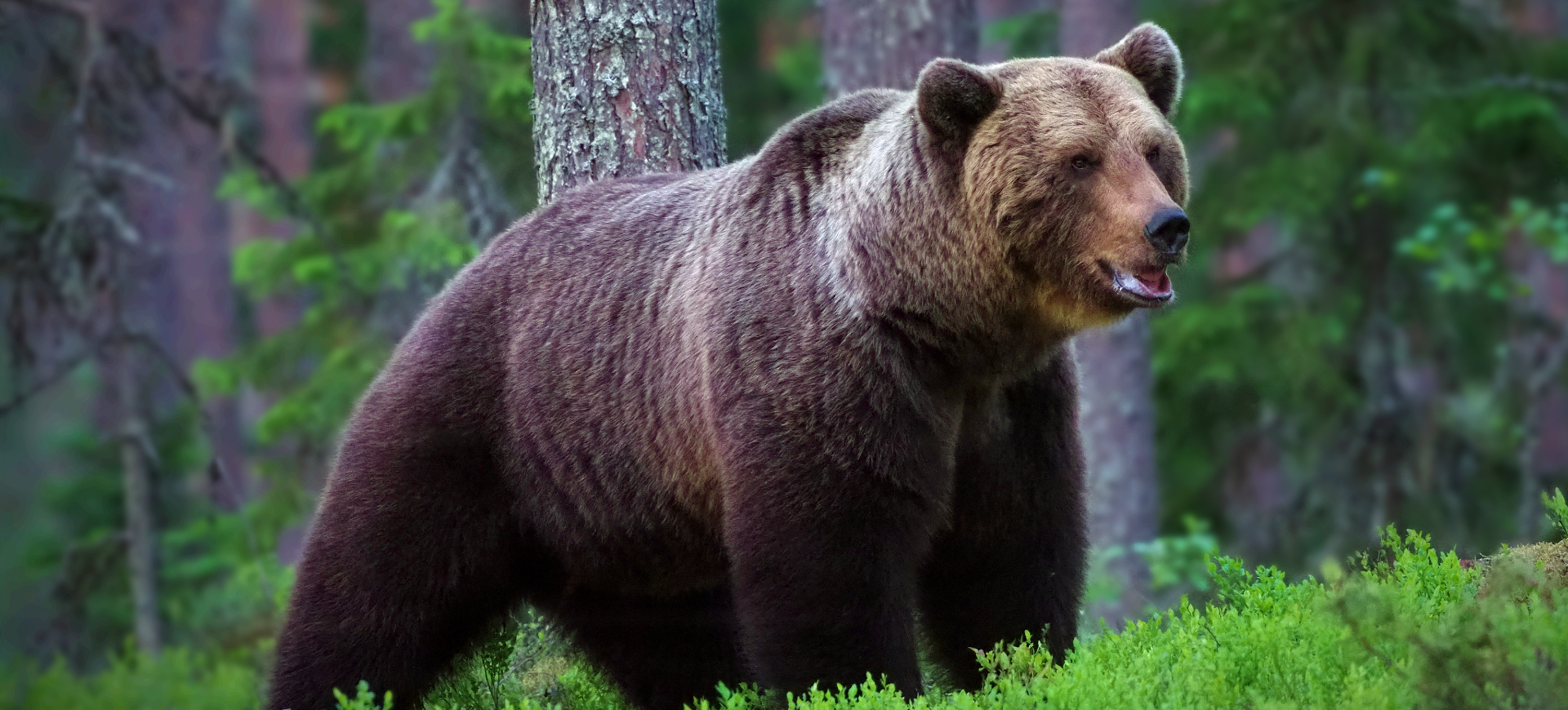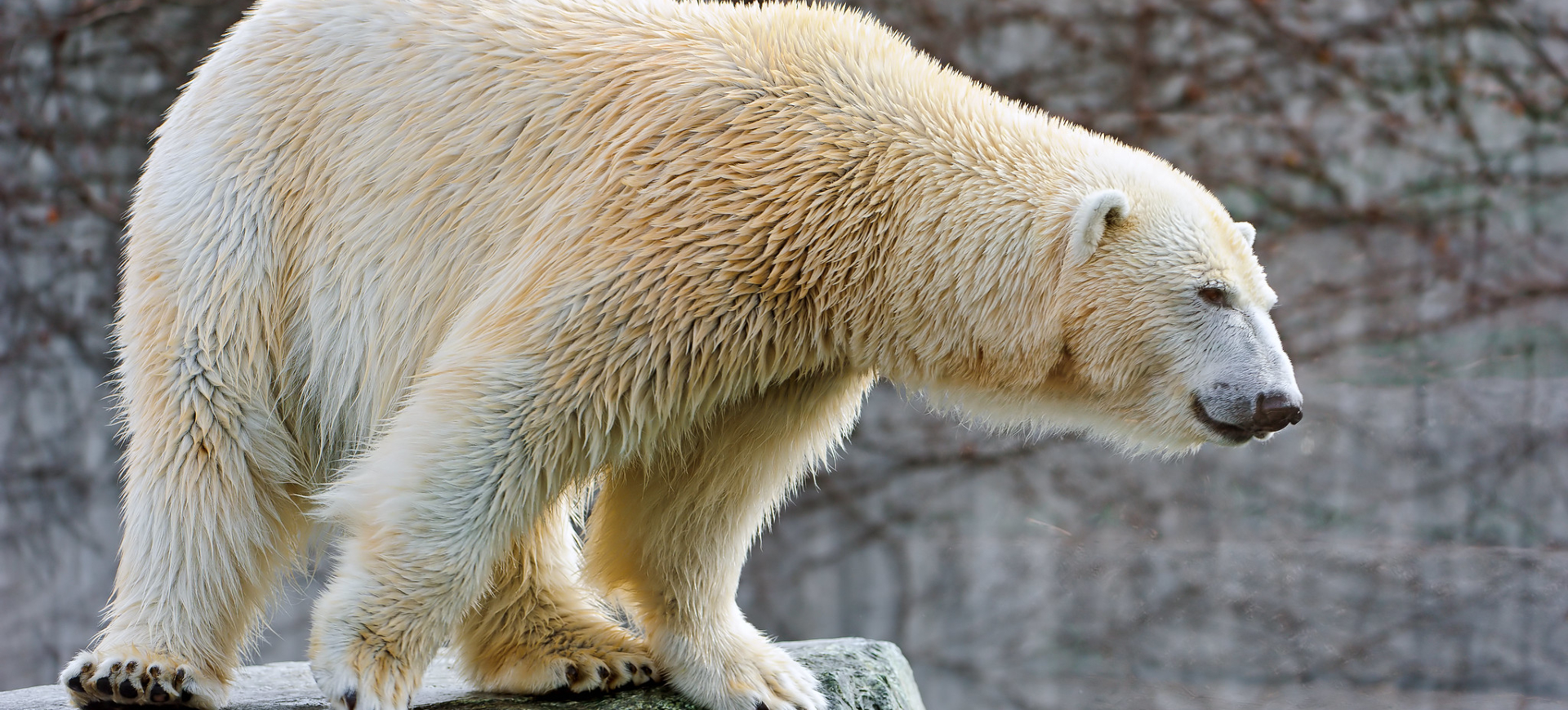Overview
The American Black Bear (Ursus americanus) is a medium-sized bear native to North America and is the continent’s smallest and most widely distributed bear species. Characterized by its black fur, which can occasionally vary to brown, cinnamon, or even blonde in some regions, this bear has a broad skull and a relatively short, straight muzzle. It is an omnivore with a diet that includes fruits, nuts, acorns, honey, insects, and occasionally small mammals. American Black Bears exhibit great adaptability to different habitats, ranging from forests and mountains to swamps, and have shown a remarkable ability to live near human developments when habitat allows.
American Black Bears are solitary animals, coming together only during the mating season or when abundant food sources are available. They are known for their ability to climb trees and are excellent swimmers, traits that help them escape predators and search for food. These bears hibernate during the winter months, during which they can go without eating, drinking, urinating, or defecating for up to 7 months. The duration of hibernation and the extent of their activity during winter can vary greatly depending on the local climate and availability of food resources.
Despite their name and predominant color, not all American Black Bears are black; their color can vary significantly with geography and habitat. They play a crucial role in their ecosystems, helping to control insect populations and dispersing seeds through their scat. Conflicts with humans have increased as bear habitats overlap more frequently with urban and suburban areas, leading to bear conservation and management challenges. Efforts to educate the public on coexisting with bears and secure trash and food sources have been key in reducing these conflicts.
Current distribution:
The American Black Bear's distribution spans a wide range across North America, from northern Canada and Alaska through the United States to northern Mexico. They are most commonly found in forested regions but have adapted to various habitats, including mountains, swamps, and urban fringes. In the United States, their populations are densest in the forests of the East, the Rocky Mountains, and parts of the West Coast. Still, they expand their range in some areas as populations recover from historical declines.
Efforts to conserve and manage American Black Bear populations have led to successful rebounds in many regions, although habitat fragmentation and human development pose ongoing challenges. Bear-proofing measures, such as secure garbage cans and education on living in bear country, have effectively reduced human-bear conflicts, allowing for coexistence in shared landscapes. Conservation programs and research continue to monitor bear populations and habitat quality to ensure the species' long-term survival.
Physical Description:
American Black Bears have a distinctive physical appearance characterized by their large bodies, small eyes, rounded ears, and short tails. Adult males typically weigh between 130 and 660 pounds (59 to 300 kilograms), while females are smaller, weighing 90 to 175 pounds (41 to 79 kilograms). They can stand 2 to 3 feet (60 to 90 centimeters) at the shoulder and measure 4 to 7 feet (120 to 210 centimeters) from nose to tail. Their fur is dense and soft, primarily black, with lighter markings possible on their faces.
The size and weight of an American Black Bear can vary significantly depending on their habitat, diet, and time of year. In preparation for winter, these bears can gain a substantial amount of weight to survive the months of hibernation. Their powerful legs and sharp claws are adapted for climbing, digging, and tearing apart logs to find food. Despite their bulky size, American Black Bears can run up to 30 miles per hour (48 kilometers per hour) over short distances.

Lifespan: Wild: ~15 years || Captivity: ~30 years

Weight: Male: 130-660 lbs (59-300 kg) || Female: 90-175 lbs (41-79 kg)

Length: Male & Female: 48-84 in (120-210 cm)

Height: Male & Female: 24-36 in (60-90 cm)

Top Speed: 30 mph (48 km/h)
Characteristic:
Native Habitat:
American Black Bears are found across a wide range of habitats in North America, from the dense forests of Canada and Alaska to the swamps of Florida and the mountains of Mexico. They prefer habitats with dense cover for hiding and foraging, such as forests, but can also be found in more open areas like wetlands and meadow edges. The availability of seasonal food sources plays a significant role in their habitat selection, with bears often moving between different habitats throughout the year to exploit varying food resources.
Their adaptability to different environments has allowed them to survive in areas with significant human activity, leading to increased human-bear interactions. Conservation efforts aim to preserve and connect suitable habitats to support healthy bear populations while minimizing conflicts with humans. Educational programs on bear safety and securing food sources are essential to these efforts, helping to reduce negative impacts on bears and human communities.
Climate Zones:
Biogeographical Realms:
Continents:
Countries:
Diet:
Diet & Feeding Habits:
The American Black Bear is an omnivore with a highly varied diet that changes with the seasons. Their diet mainly consists of grasses, herbs, and shoots in the spring, while summer brings a bounty of berries, fruits, nuts, and insects. As autumn approaches, they focus on high-calorie foods like acorns and other mast to build fat reserves for winter hibernation. They will also eat fish, small mammals, and carrion, showcasing their opportunistic feeding habits.
Their foraging behavior is influenced by the availability of food sources in their habitat, leading them to sometimes venture into human-populated areas in search of food. Black Bears have a remarkable ability to remember food locations and can travel extensive distances to revisit a fruitful site. They use their strong sense of smell to locate food and can become habituated to human-provided food sources, such as garbage and bird feeders, which can lead to conflicts. Management strategies often focus on securing food attractants to prevent bears from becoming too comfortable in human-dominated landscapes.
Mating Behavior:
Mating Description:
American Black Bears exhibit a promiscuous mating system, where males and females may have multiple partners during the breeding season. Mating occurs from late spring to early summer, but the species has a unique reproductive strategy called delayed implantation. The fertilized egg does not immediately implant in the uterus, allowing the bear to time the birth of cubs with optimal food availability.
Females give birth to 1-4 cubs during winter while in hibernation. Cubs are born blind and helpless, weighing less than a pound. They remain in the den with their mother, nursing and growing rapidly, until spring. Maternal care is crucial during the first year of life, with cubs often staying with their mother for up to two years before becoming independent.
Reproduction Season:
Birth Type:
Pregnancy Duration:
Female Name:
Male Name:
Baby Name:
Social Structure Description:
American Black Bears are generally solitary animals, except for females with cubs or during the mating season. They establish and defend territories based on food availability and the bear population density in an area. Social hierarchies are not rigid, but larger, more dominant bears often access better food sources.
Communication among bears involves scent marking, vocalizations, and body language. These methods help bears avoid confrontations and play a crucial role in mating rituals. Despite their solitary nature, bears may tolerate the presence of other bears in areas with abundant food sources, such as salmon streams or garbage dumps.
Groups:
Conservation Status:
Population Trend:
The American Black Bear population is considered stable and healthy across much of its range, thanks to successful conservation efforts and adaptable nature. Populations in some areas are increasing, expanding into previously unoccupied territories. This expansion has increased human-bear interactions, which wildlife management agencies closely monitor.
Conservation efforts have focused on habitat protection, public education on avoiding human-bear conflicts, and regulations on hunting. These measures have helped maintain stable populations, even where habitat fragmentation and human encroachment are concerns. Wildlife corridors and protected areas are crucial in ensuring genetic diversity and the long-term viability of populations across North America.
Population Threats:
The primary threats to American Black Bear populations include habitat loss and fragmentation due to logging, urbanization, and agriculture. Human-bear conflicts also pose a significant threat, as bears that become habituated to human food sources can become problematic and are often euthanized. Road mortality and illegal poaching are additional concerns that impact local populations.
Conservation strategies emphasize the importance of reducing human-bear conflicts through education, securing garbage, and using bear-proof containers. Climate change is an emerging threat, potentially affecting food sources and habitat conditions. Effective management and conservation efforts are crucial to mitigate these threats and ensure the species’ continued health and distribution.
Conservation Efforts:
Conservation efforts for the American Black Bear include habitat preservation, research, and management strategies to maintain stable populations. Wildlife agencies implement regulations on hunting seasons and quotas to ensure sustainable populations. Educational programs focus on reducing human-bear conflicts by promoting coexistence strategies and awareness of bear behavior.
Protected areas and national parks provide critical habitats where bears can live with minimal human interference. Research on bear ecology and behavior contributes to effective management plans that balance conservation needs with human interests. Collaborative efforts between government agencies, non-profit organizations, and local communities are key to successfully conserving American Black Bears.
Additional Resources:
Fun Facts
- American Black Bears can climb trees to escape predators or to find food.
- They have a remarkable sense of smell, better than that of dogs or other mammals.
- Black bears can go without water for months during hibernation, recycling body waste into protein.
- Unlike many mammals, black bears can see in color.
- They can make many sounds, including moans, grunts, and roars.
- Black bears use their claws to peel back tree bark and find insects.
- Kermode bears, a subspecies of the American Black Bear, are famous for their white or cream-colored fur.
- They can live up to 30 years in captivity, though wild individuals typically live around 20 years.
- Black bears have been known to walk on their hind legs for short distances.
- They are excellent swimmers and can cross large bodies of water for food or habitat.

